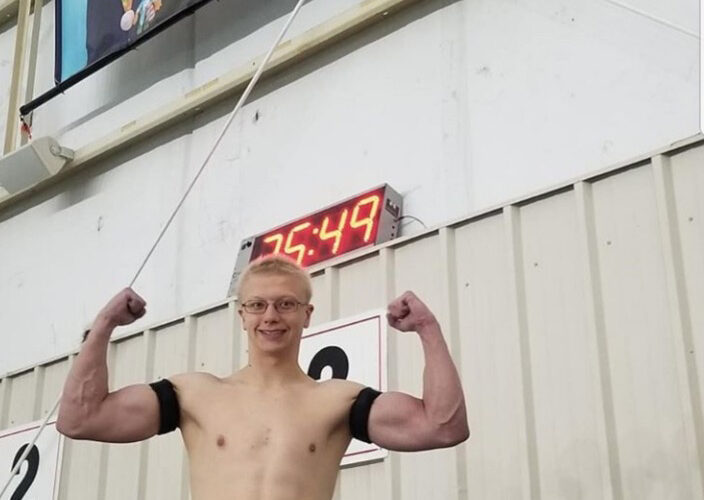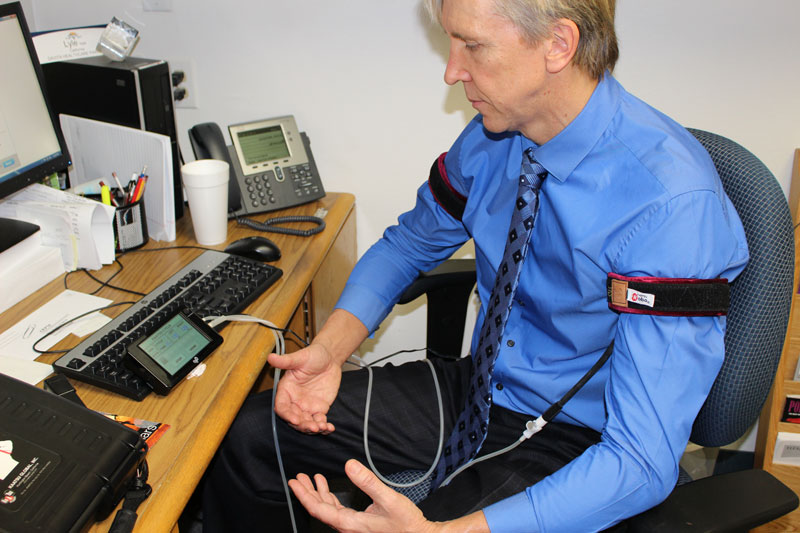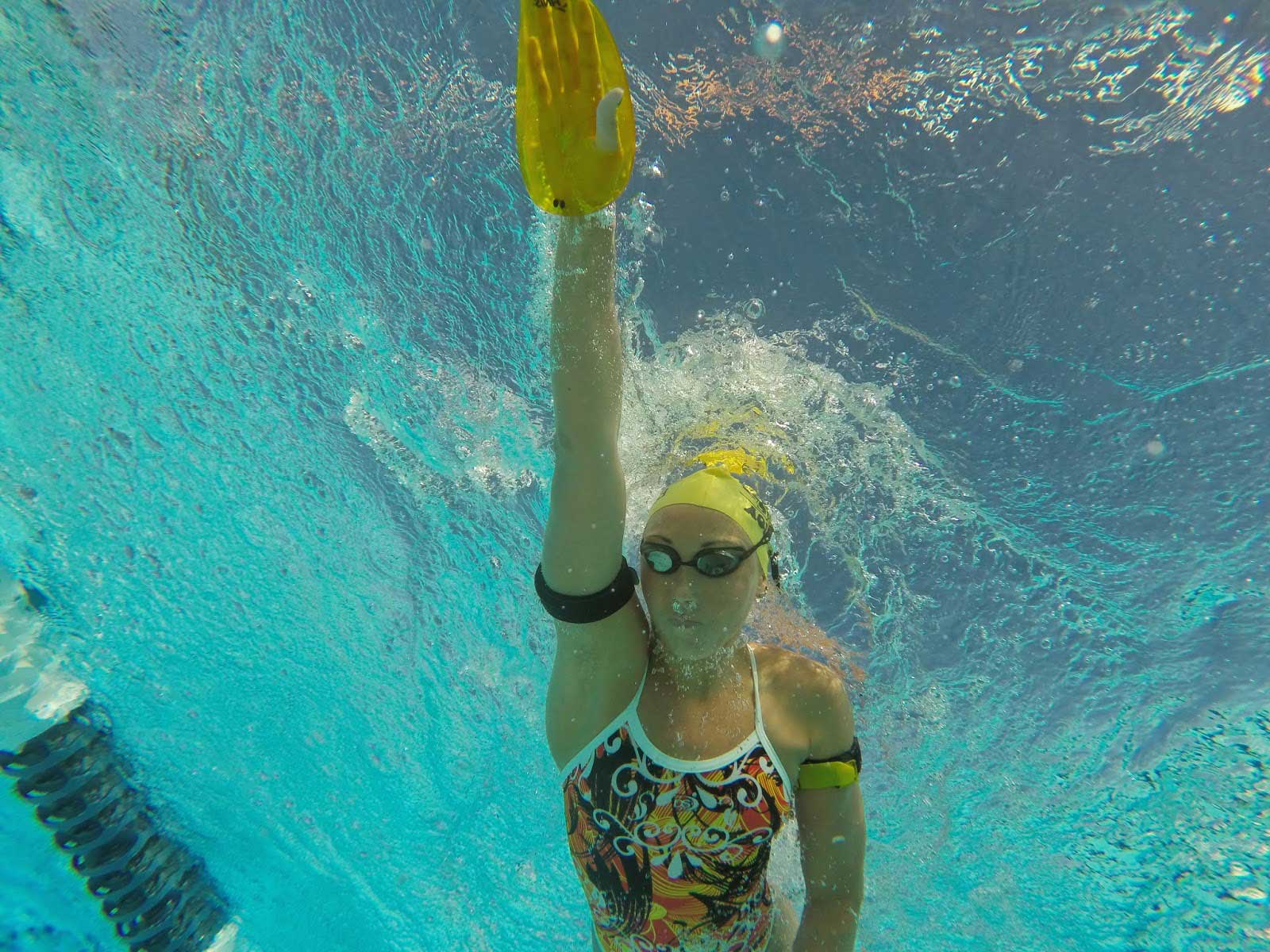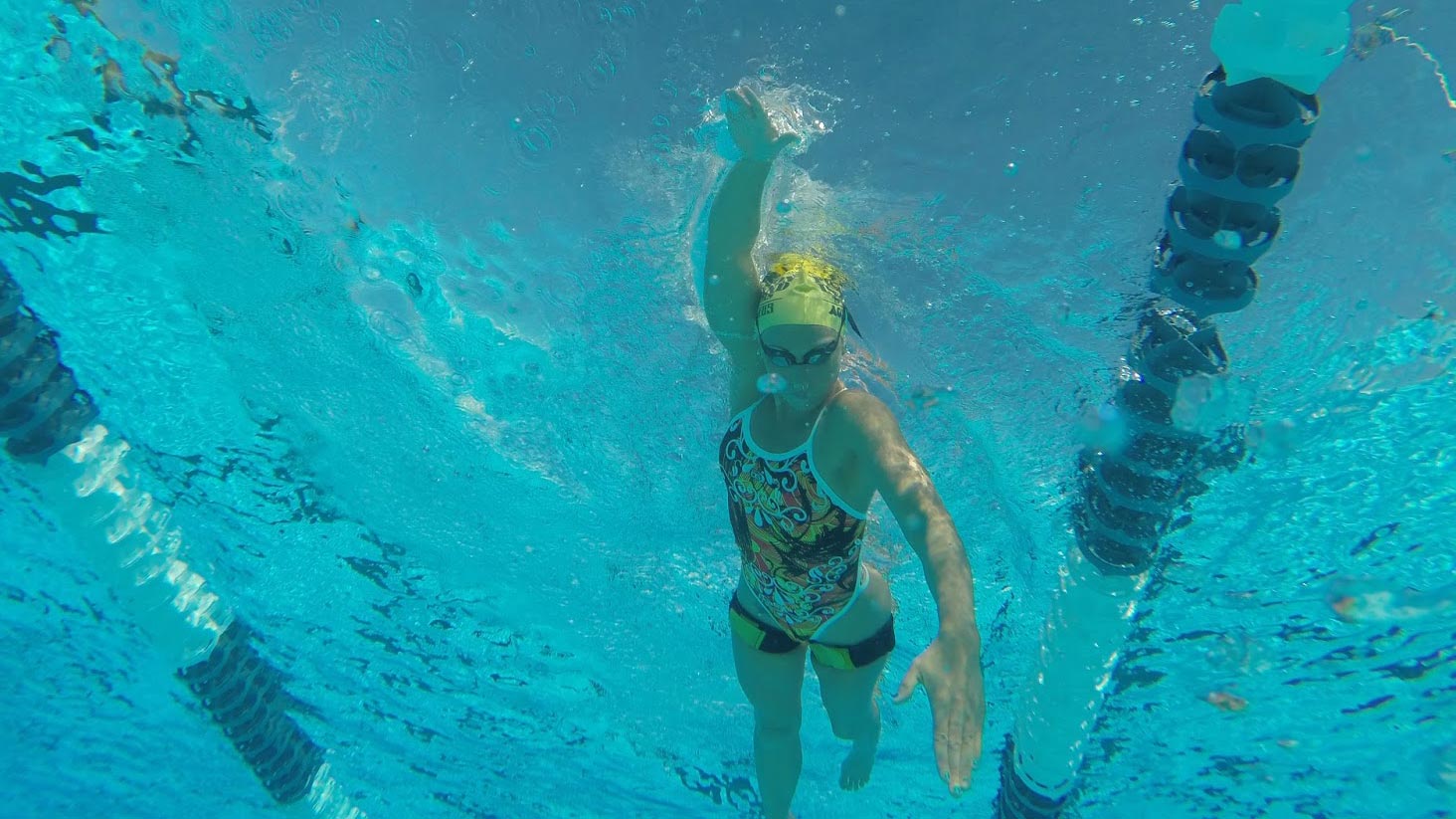
KAATSU Cycling To Help Recover From High Lactate Levels
For who? Swimmers, student-athletes, competitive athletes, triathletes
For what? Recovery, stength, coordination, strength, flexibility, mobility, KAATSU Aqua
Robert Griswold is an American Paralympic swimmer (a medalist) who has cerebral palsy. He is an experienced KAATSU user and does KAATSU Cycles before and after his races as part of his pre-race warm-up and post-race cool-down. He also uses KAATSU Aqua in his workouts.
Griswold’s Anaerobic output (pain tolerance) is extremely high; he averages 16.4 mmol/L after his 100-meter backstroke races and 17.9 mmol/L after his 200-meter individual medley. Those are his two signature races that he should win in next year’s Paralympic Games.
Those lactate levels are rarely reached even by other world-class athletes.
Griswold’s highest recorded post-race lactate level is 21.9 mmol/L, measured after his 200-meter individual medley race in Mexico City performed at high altitude. He had to be carried off the pool deck by the medical staff. They told Griswold that if anyone else on the American team reached those levels that they would have to take them to the hospital.
After Griswold’s races, he swims about 1500 meters in the warm down pool (taking over 24 minutes to cool down to a 2.0 mmol/L level which is deemed to be normal.
But by doing KAATSU Cycles (repeated and intermittent pressure on and pressure off of the KAATSU Air Bands, Griswold only swims 400 meters and saves significant time to get his lactate level down to 2.0 mmol/L.
He reports about the original form of BFR,
“KAATSU saves me 20 minutes per race warm down and I felt a lot better. This is important because I had the 100m backstroke and the 200m individual medley A finals only 10 minutes apart in Berlin earlier this year. I did KAATSU Cycles between the races and this was the only reason that I was able to get on the starting blocks for the second race. I was at 18.8 mmol/L after the 200m individual medley.”




